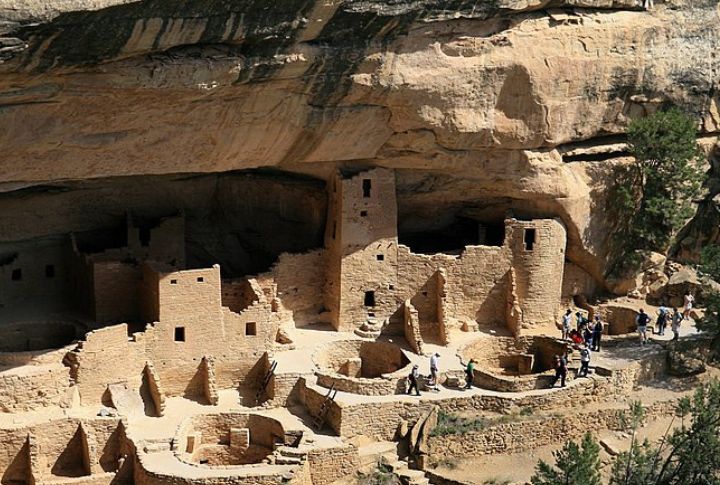
History has a funny way of keeping secrets—until someone with a shovel and a lot of patience digs them up. Across the U.S., archaeologists have stumbled upon discoveries that completely upended what we thought we knew. Lost civilizations? Check. Artifacts that defy explanation? Absolutely. So, here are ten findings that prove that the past is full of surprises.
Folsom Site Discovery
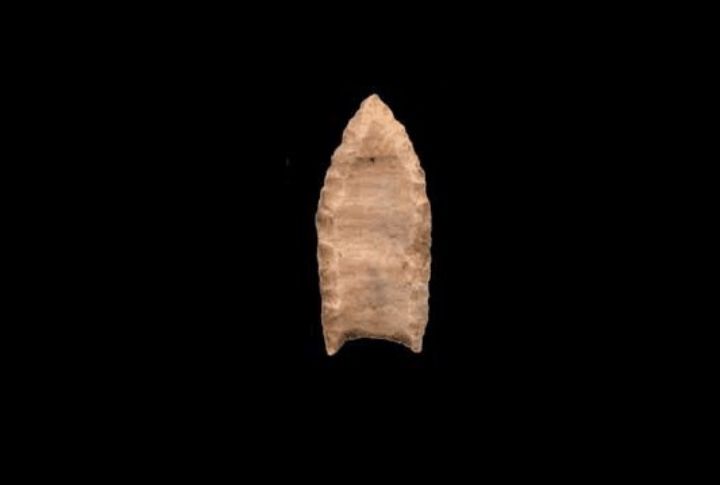
In 1927, a rancher’s accidental stumble led to a groundbreaking discovery in New Mexico. The Folsom points uncovered there pushed back the timeline of human presence in North America to at least 10,000 years ago, revealing that humans had been thriving on the continent much earlier than previously believed.
Kennewick Man

Bones washed ashore in Washington in 1996, which sparked an identity crisis in American history. This 8,400-year-old skeleton had features similar to modern Native American tribes. Was he a lost explorer? A forgotten ancestor? His discovery raised more questions than answers, fueling decades of controversy.
Jamestown Rediscovery
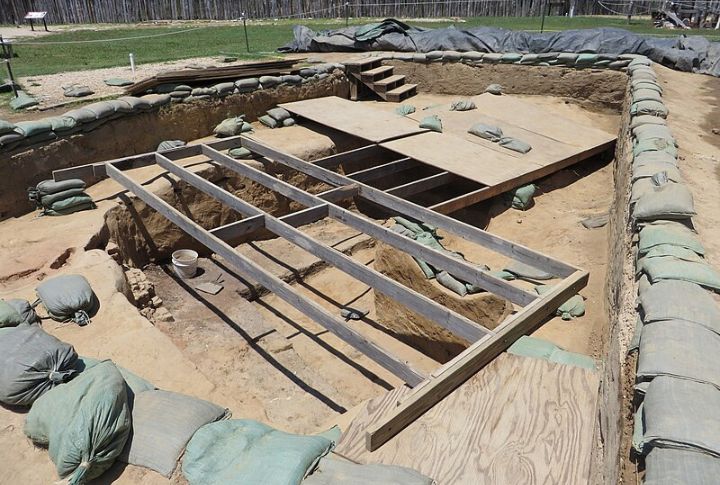
Lost to erosion? Think again. The 1994 excavation of James Fort revealed the original 1607 settlement, including well-preserved artifacts and skeletal remains. It provided unprecedented insights into early English colonists’ struggles, survival tactics, and interactions with Indigenous tribes.
African Burial Ground National Monument
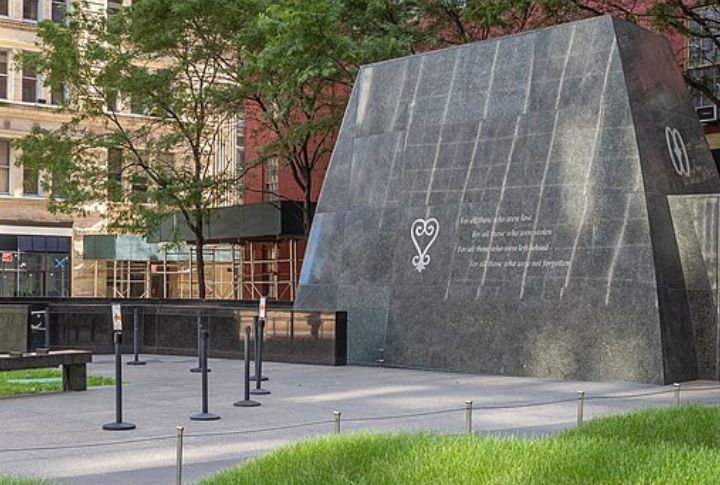
Hidden beneath Manhattan, a 17th-century burial ground resurfaced in 1991, revealing over 400 graves. The discovery shed light on the significant contributions of enslaved Africans in early America, forcing a deeper acknowledgment of their overlooked role in shaping the nation.
Mesa Verde Cliff Dwellings
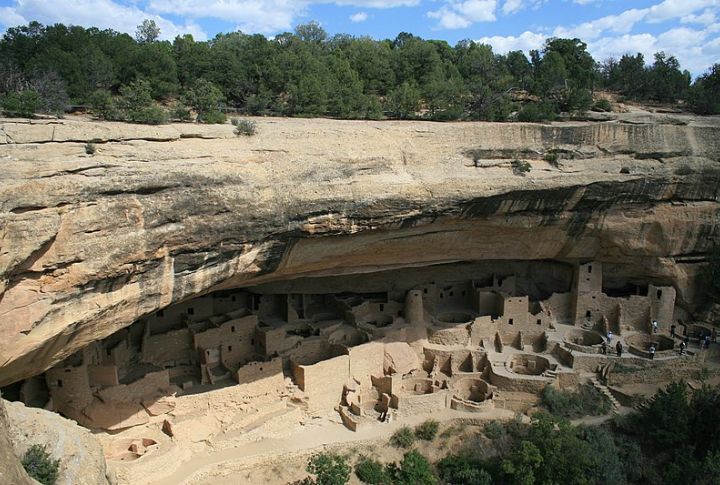
A stray cow led to a lost civilization. In 1888, cowboys chasing cattle stumbled upon cliffside homes in Colorado. These ancient stone dwellings, left behind by the Ancestral Puebloans, featured intricate rooms, underground kivas, and vibrant murals, which proved their builders were master architects of the desert.
Bat Creek Stone
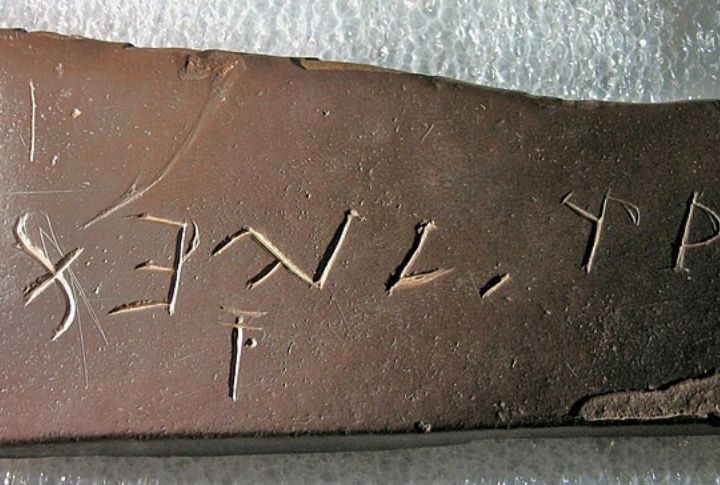
Excavated in Tennessee in 1889, a carved stone inscribed with ancient symbols sparked controversy. Initially thought to be Cherokee, later studies suggested a link to the Paleo-Hebrew script. If authentic, it could hint at pre-Columbian transatlantic contact.
Clovis Culture Artifacts
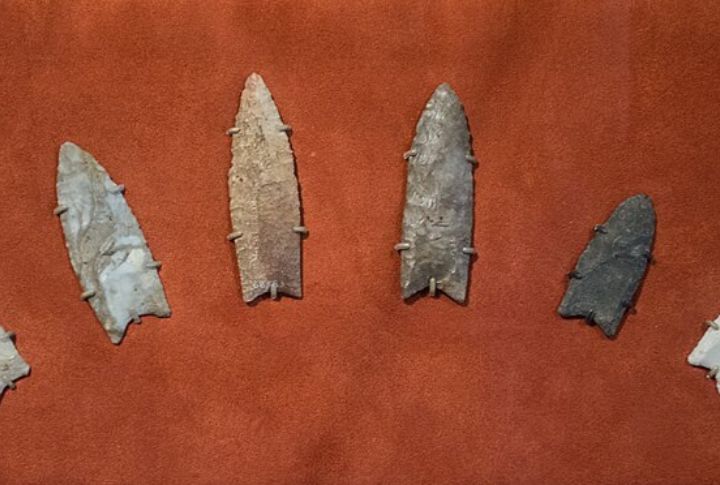
An Ice Age murder mystery unfolded in New Mexico in the 1920s. A spear point embedded in a mammoth’s rib provided the first proof of a sophisticated hunter-gatherer culture dating back 13,000 years. It shattered previous timelines and crowned the Clovis people as America’s earliest known inhabitants.
White Sands Fossilized Footprints
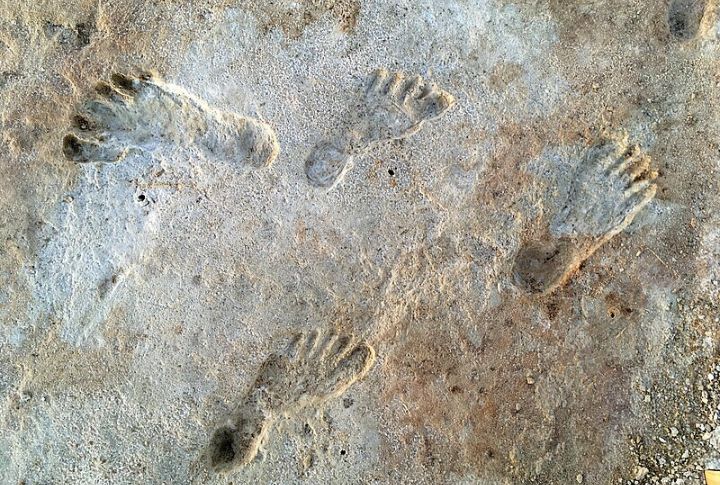
Ghostly footprints in the desert told a surprising story. Discovered in 2021, human tracks preserved in ancient mud suggested people walked across New Mexico’s White Sands at least 23,000 years ago—before the Ice Age even ended.
Mastodon Fossils In Iowa
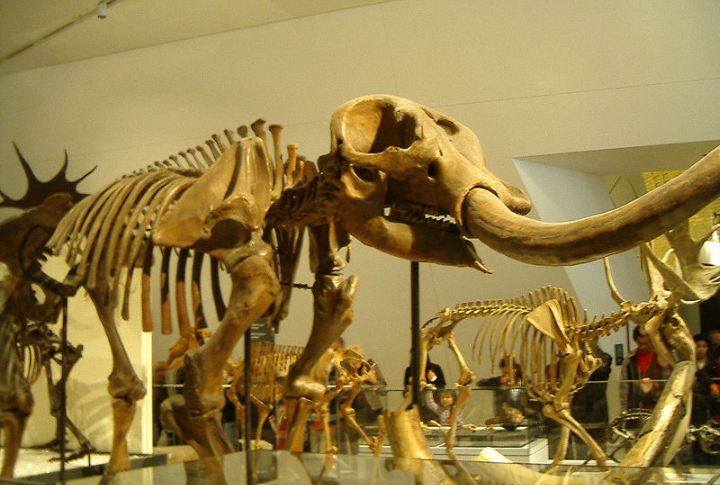
A farmer’s routine dig turned prehistoric when his shovel hit bone. The massive skull and tusks of a 14,000-year-old mastodon suggested early humans not only lived alongside these Ice Age giants but possibly hunted them. Was this a hunting ground or a graveyard? The evidence is still being uncovered.
Cahokia Mounds Civilization
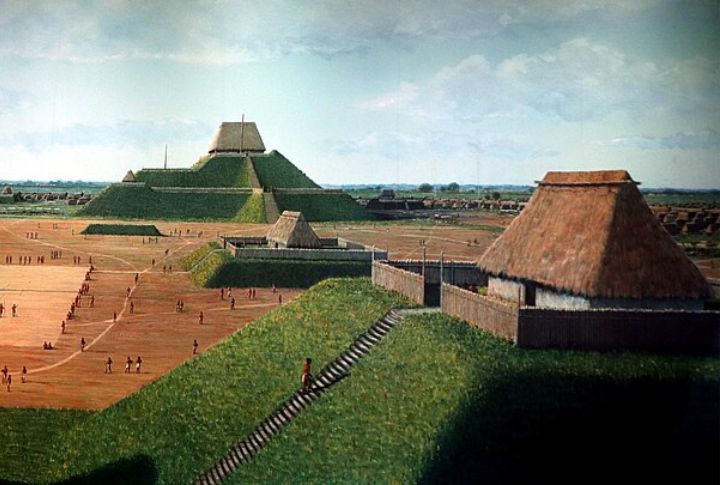
Move over, Manhattan—America’s first city was built centuries before Columbus arrived. Cahokia, near modern-day St. Louis, housed 40,000 people at its peak in 1100 AD. With earthen pyramids, sprawling plazas, and astronomical observatories, it was a thriving metropolis.
